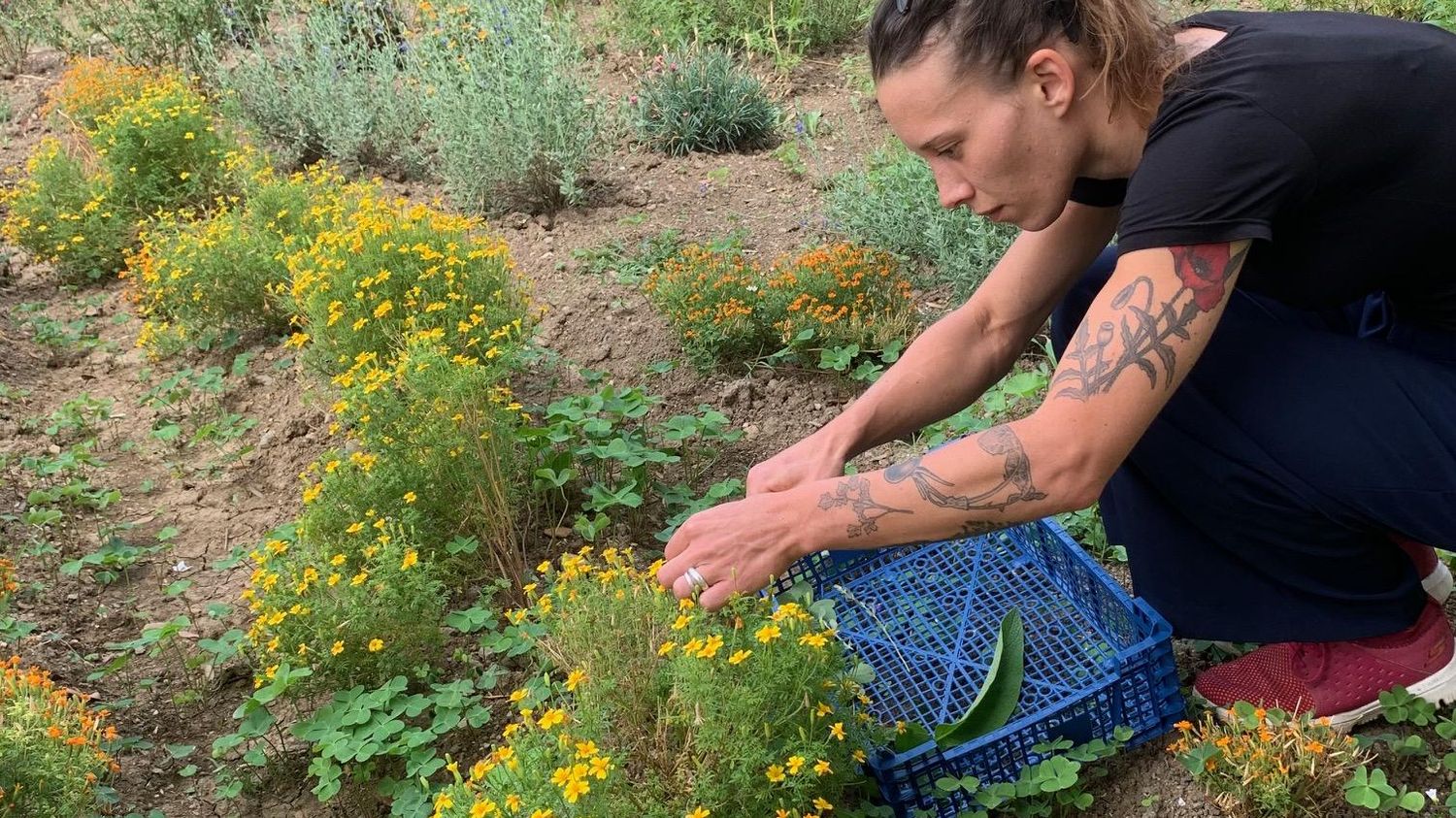Do you use aromatic herbs in the kitchen? They are planted in the spring, and often the chefs grow them themselves.
“Vegetable herbs” is our word of mouth, these aromatic plants that are used in the kitchen to enhance dishes, from starters to desserts. Basil, parsley, chervil, mint, chives, anise, etc. so many flavors and colors that chefs appreciate and that, very often, they cultivate themselves, in a garden near their restaurant.
Thierry Marx prefers “vegetable” to “aromatic” herbs. He explains: “This brings us back to the idea and the universe of the vegetable garden, to its freshness, and to vegetables. Today, these vegetable herbs make it possible to give a lot of relief, especially since we have better control over their fermentation, their cooking, or their infusion.”
Learn to use them in different ways
They indeed give an expression of tastes and very interesting marriages in the palette of the cooks. They are planted in the spring, even on a balcony, to be able to take advantage of their incredible diversity during sunny days. You have to learn how to use them other than simply by cutting them finely on your preparations.
“Some potherbs can be infusedexplains Thierry. Not above 80°C, for the most part, and even a few barely tolerate 40°C or 45°C to diffuse in a vegetable broth or a broth of meats. They are in an absolute fragility, like tea, which we obviously never boil.”
These herbs are the strong markers of a cuisine close to plants. Chefs also give their tips for storing them by wrapping them in paper without placing them in the fridge, etc. They can sometimes become the star of the dish, like a fried sage (rolled in water and flour then dipped in oil at 120°C) which will give a play of texture between crunch and freshness of the grass.
